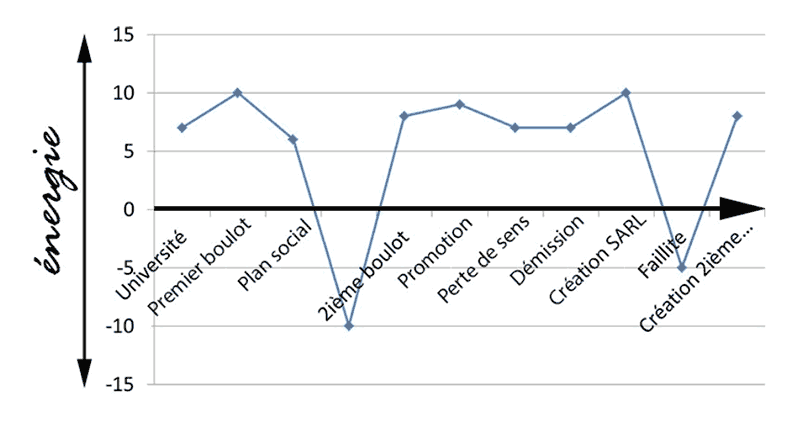Having a big belly isn’t just unattractive. Indeed, accumulating excess fat around the waist is dangerous for health and increases the risk of dying at a younger age, according to the results of this study published in the March edition of the Mayo Clinic Proceedings.
Researchers from the Mayo Clinic found that men and women with a large waist circumference but with “Normal” BMI were more likely to die younger, die of heart disease, have serious breathing problems and develop cancer.
The researchers pooled data from 11 different cohort studies. They therefore analyzed the medical data of 600,000 people.
“Because of the magnitude of this study, the researchers were able to clearly show the independent contribution of waist circumference on poor health,” said James Cerhan, Mayo Clinic medical epidemiologist and lead author of the study.
A lower life expectancy
They found that men with a waistline of 109 centimeters or more increased their risk of early mortality by 50% than men whose height is less than 88.9 cm, thus a lower life expectancy of three years after 40 years.
Women with a waist circumference of 94 cm or more had an 80% increased risk of early mortality than women with a waist circumference of 68.5 cm or less, thus a five-year lower life expectancy after 40 years.
Scientists have also noticed that the risk increases linearly for every additional 5 cm of circumference and is observed even among people with normal BMIs.
” BMI is not a perfect measure Recalls Dr Cerhan. “This measurement does not differentiate between lean mass and fat mass and does not provide information on the location of your fat mass. “
“However, the location of fat is crucial to determine its effect on the body. Fat placed on the hips does not have the same consequences as abdominal fat or fat found around certain vital organs such as the heart, pancreas or liver. They are called ectopic fats and they are the most deleterious. Fat on the stomach is associated with diseases such as diabetes and heart disease ”
Dr Cerhan concludes that “Physicians should consider both BMI and waist circumference to assess the risk of premature obesity-related mortality. The main goal should be to avoid both a high BMI and waist circumference ”.















